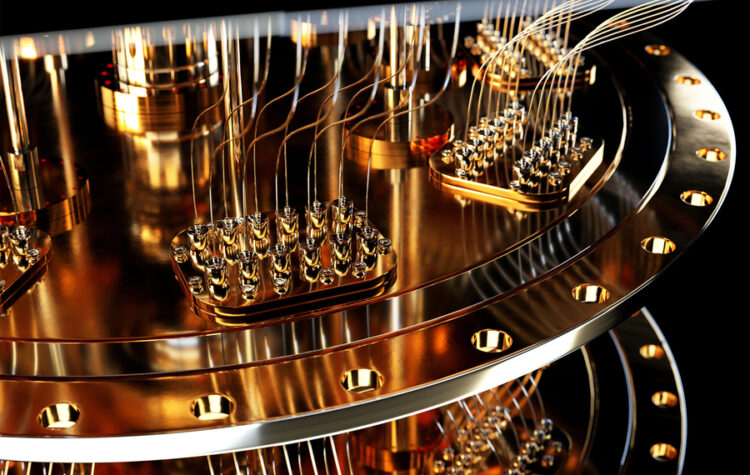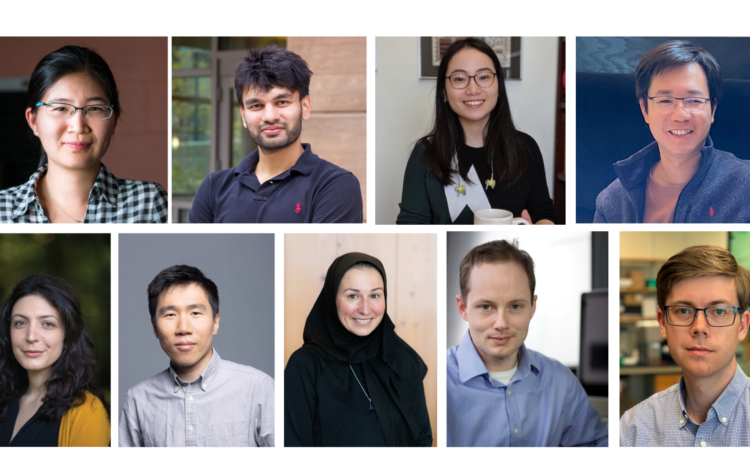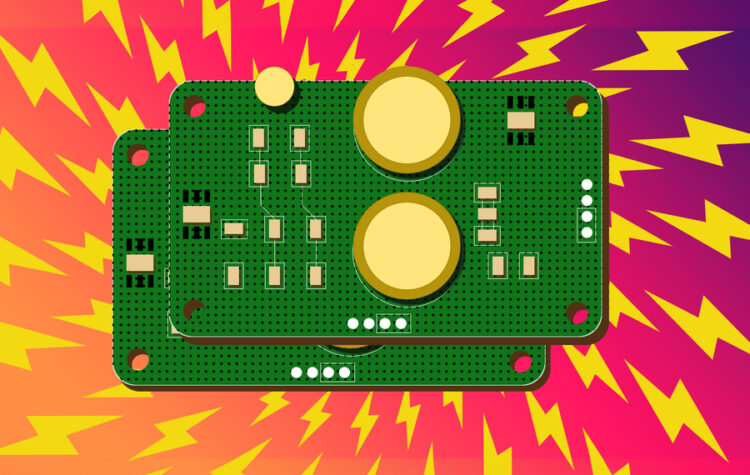
Berggren, who develops technologies to push the envelope of what is possible with photonics and electronic devices, succeeds Joel Voldman.

The advance holds the promise to reduce error-correction resource overhead.

Building on a landmark algorithm, researchers propose a way to make a smaller and more noise-tolerant quantum factoring circuit for cryptography.

Researchers at MIT have recently signed a 4-year collaboration agreement with the Novo Nordisk Foundation Quantum Computing Programme (NQCP) at Niels Bohr Institute, University of Copenhagen, focused on accelerating quantum computing hardware research.

Ranking at the top for the 13th year in a row, the Institute also places first in 11 subject areas.

The Institute also ranks second in five subject areas.

The Department of Electrical Engineering and Computer Science (EECS) is proud to announce multiple promotions.

Each year, a community of quhackers (quantum hackers) gathers at iQuHACK to work on quantum computing projects using real quantum computers and simulators.

Solves paradox associated with transmission of quantum information

A system designed at MIT could allow sensors to operate in remote settings, without batteries.